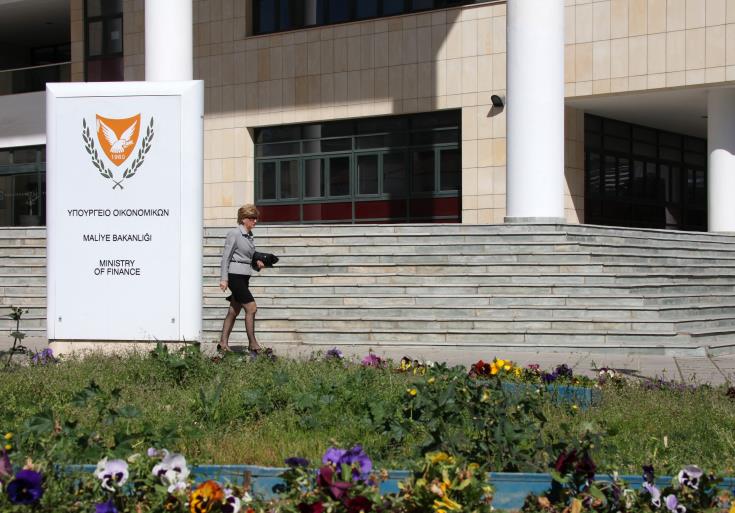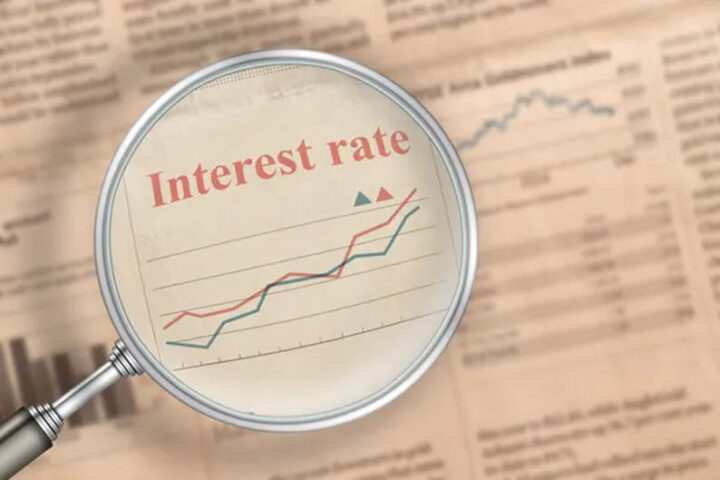By Nicole Phinopoulou
On September 17, 2021, the Financing and Loan Agreements with the European Commission were published in the Official Gazette of the Republic, thus subsequently authorising the immediate disbursement of €156.8 mln in pre-financing (13% of the grant total) from the European Fund for Recovery and Sustainability.
Cyprus secured €1.2 bln through the Recovery and Resilience Facility for the implementation of the local Recovery and Sustainability Plan “Cyprus – Tomorrow”, with a horizon of implementation by 2026.
The plan falls within the Commission’s broader framework for the “Next Generation EU”, with a total budget of €750 bln. For Cyprus, an amount of one billion will be given in the form of a grant and €200 mln through a low-interest loan facility.
The disbursement of all resources is inextricably linked to the timely achievement of all 271 goals and milestones set for each of the plan’s investments and reforms, with specific quarterly timeframes. It is therefore clear that there are many challenges that must be overcome to ensure the successful absorption of all resources available to Cyprus.
As stated by the Ministry of Finance, in order for Cyprus to be able to absorb all the resources, there are two important requirements:
- The proper planning and timely implementation of the measures that we ourselves, the government and other bodies, have included in the plan.
- The cooperation of all the country’s institutions, the public service, the political parties and the House of Representatives, as well as all the partners.
It’s easy to see that political agreement and cooperation will be needed not only that reform resources are not lost, but also so as not to be exposed at the EU level that we are generously given fresh money and we are failing on commitments.
One of the immediate activities is to address the financial risks associated with non-performing loans (NPLs) in the banking sector.
The reduction of NPLs creates a direct positive impact, not only within Cyprus but also internationally. Essentially, it’s a stain that makes it difficult for any country to attract investment, improve the business climate and enhance the competitiveness and resilience of its real economy.
This is why what is foreseen in the Recovery and Sustainability Plan, is independent and separate but in addition to the obligations of our country on the basis of the 2013 Troika bailout memorandum.
Obligation to reduce all NPLs
The obligation to eliminate NPLs is continuous. The concern is not only their reduction from the bank balance sheets, but also from the real economy. That is why the implementation of a framework for timely and decisive handling of NPLs is crucial.
It’s no coincidence that on 16 December 2020, the European Commission presented, among other things, targeted actions and its strategy to prevent the future build-up of NPLs as a result of the pandemic. The Commission recognises the role that banks play in mitigating the effects of the crisis by maintaining the financing of the real economy and wishes them to be as financially sound as possible in order to contribute towards this direction.
Indicatively, the Commission’s action plan states that member states participating in the EC Support Plans, among other things, should implement the necessary tools to deal with the increase of NPLs in a timely manner and proposes a series of actions with four main objectives:
- Further development of secondary markets for distressed assets.
- Reform the EU’s corporate insolvency and debt recovery legislation.
- Support the establishment and cooperation of National Asset Management Companies (AMCs) at EU level.
- Precautionary measures. Given the special circumstances of the current health crisis, the authorities have the power to apply precautionary public support measures, where necessary, to ensure continued funding of the real economy under the Bank Recovery and Resolution EU Directive and state aid framework.
Although in recent years Cypriot banks have managed to reduce non-performing loans (from €27.3 bln at the end of 2014 to €5.1 bln in May 2021) and, despite the fact that in the coming months more non-performing loans sales agreements are expected, these actions alone may not be enough.
Transferring loans out of banks is a relief (at the corresponding cost) for banks, however, the real bet is to reduce all non-performing loans. That is why it’s important that measures contributing in this direction and to the reduction of the general private debt in the Cypriot economy, through the framework of the Recovery and Sustainability Plan, are approved.
Finally, in accordance with Article 24, paragraph 6, of Regulation 2021/241 of the European Parliament and of the Council of 12 February 2021 establishing the Recovery and Resilience Facility, if the European Commission, in examining the request for funding, finds that the milestones and targets have not been met satisfactorily, then the payment of all or part of the financial contribution is suspended by a relevant decision of the institutions of the European Union.
Nicole k. Phinopoulou is lawyer/legal counsel, Alumni of the Institute for Sustainability Leadership, University of Cambridge









